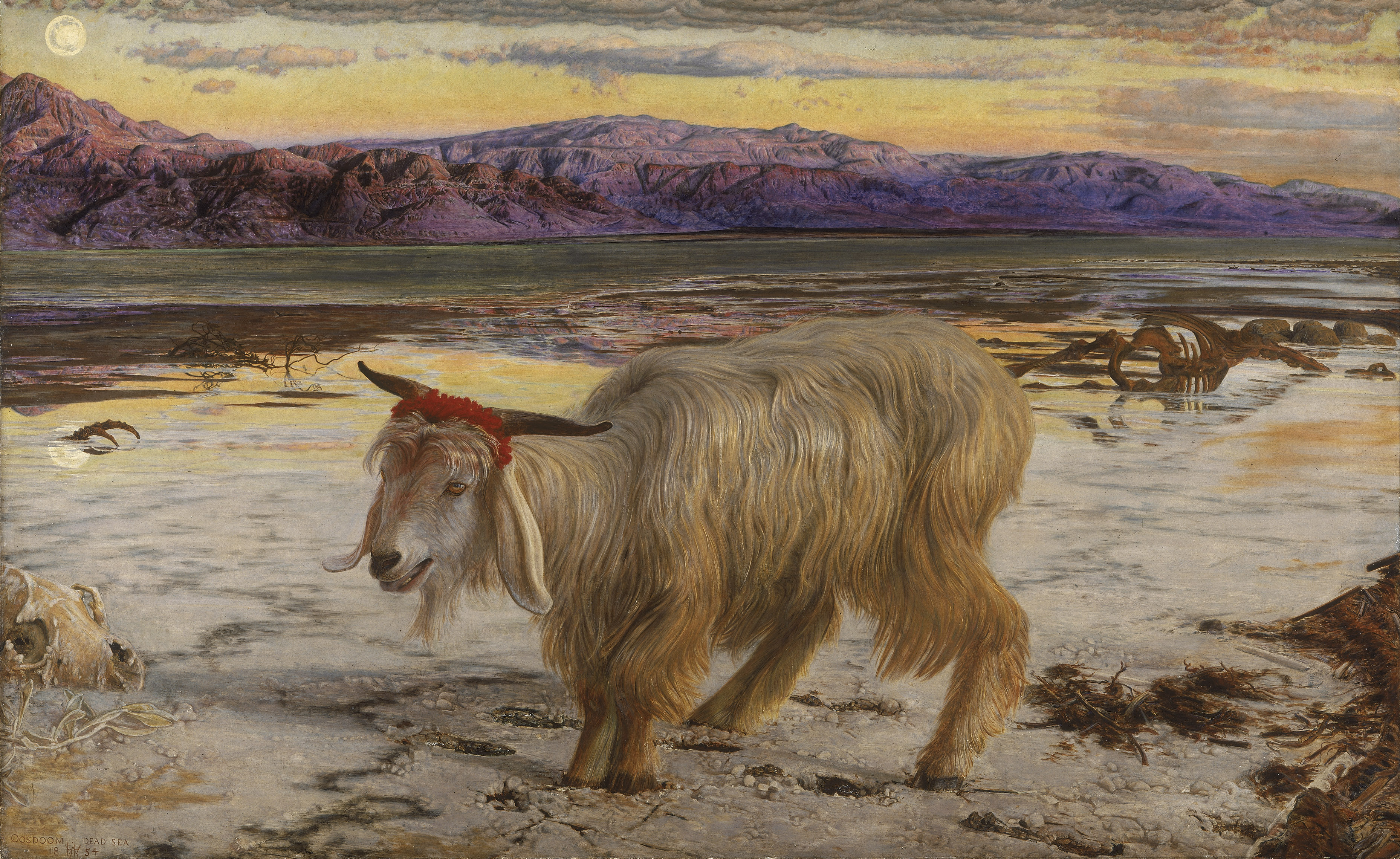Technique is one thing; the zeitgeist is another.
 |
| Dry Wash, painted earlier this year, is most indicative of where I’m going right now, but I didn’t even include it at the event where I painted it. Oops. |
Last week I showed Roger the proper way to hold a paintbrush. “At its end, like a baton,” I said. “Not like a pencil.” I demonstrated how much more swing you get when you hold it like that.
Of course, there’s no one right way to hold a paintbrush. It’s just that every new painter thinks of it as an extension of their pencil and clutches it up near the ferrule in a three-finger choke hold, as if they’re about to work on their Palmer Method of Penmanship. That was adopted because it was hyper-regimented and would improve discipline and character. It was even believed it could reform delinquents.
Holding a brush like a pencil gives you a lot of precision but very little range. Holding it like a baton at the end gives a lot of lyrical movement and less precision. You can do both, but you’ll have much more energetic brushwork if you start off with it held farther back.
Roger’s a thoughtful guy. “This is all part of the idea of working in big, broad, patterns, rather than focusing on the details,” he mused.
| I don’t remember where or when I painted this, but I like it today. It’s almost impossible to judge change in real time. |
Yesterday I wrote about alkyd media and glazing. I got an interesting response from Bruce Bundock, a fine acrylic painter who works as a preparator at the Frances Lehman Loeb Art Center at Vassar College. “Seems to me painting is the one discipline where there is no ‘last word.’ It’s what works for each individual,” he wrote.
Technique is one thing, the zeitgeist is another. The majority of painters since the mid-19th century have worked alla prima, directly and expressively. Glazing has no place in that system.
Painting movements are pushed along by both culture and technology. The Pre-Raphaelite Brotherhood was born in Victorian Britain. Queen Victoria’s early reign was marked by rapid industrialism and social and political upheaval. The nostalgia of its painters was reactionary, an effort to cope with overwhelming change.
| Ruth, by Carol L. Douglas. Yes, I can glaze; no, I don’t like doing it. |
The Impressionists were firmly grounded in technology. The vivid synthetic pigments that characterize their work were developed in the 19thcentury. They were able to paint outside extensively because of the invention of the paint tube in 1841. Emerging color theory shaped their thought.
Our own times have been rapid and anxious, which is reflected in our direct technique and in Expressionism. However, a young person would be a fool to tie himself to the last century. Nobody can predict where the spirit of the times is heading; we can only swim like mad and chart an uncertain course between fickle fashion and the past. And that is, as Bruce said, highly individual.
Alkyds may be the technological advance that ushers in a new period of indirect painting. After all, the Pre-Raphaelites were living in tumultuous times, and they glazed like mad. If you’re painting glowing, detailed interiors like William Holman Hunt’sThe Lady of Shalott, you’re definitely going to hold your fine brush like a pencil.
 |
| Wildfire, western Canada, painted during my 2016 road trip. Change isn’t always pretty. |
But that’s not where we are today, and all I can do is teach my students the best technique rooted in our times. “Why didn’t you ever tell me this before?” Roger asked.
“I really thought I had,” I said apologetically. Painting instruction is so individualized that you can easily miss something like that. “But I’m still not refunding your tuition,” I added.
That was my last local (Rockport, ME) class of the summer. We start back up in October, on Tuesdays from 10-1. If you want a place in that session, email me.





.jpg)